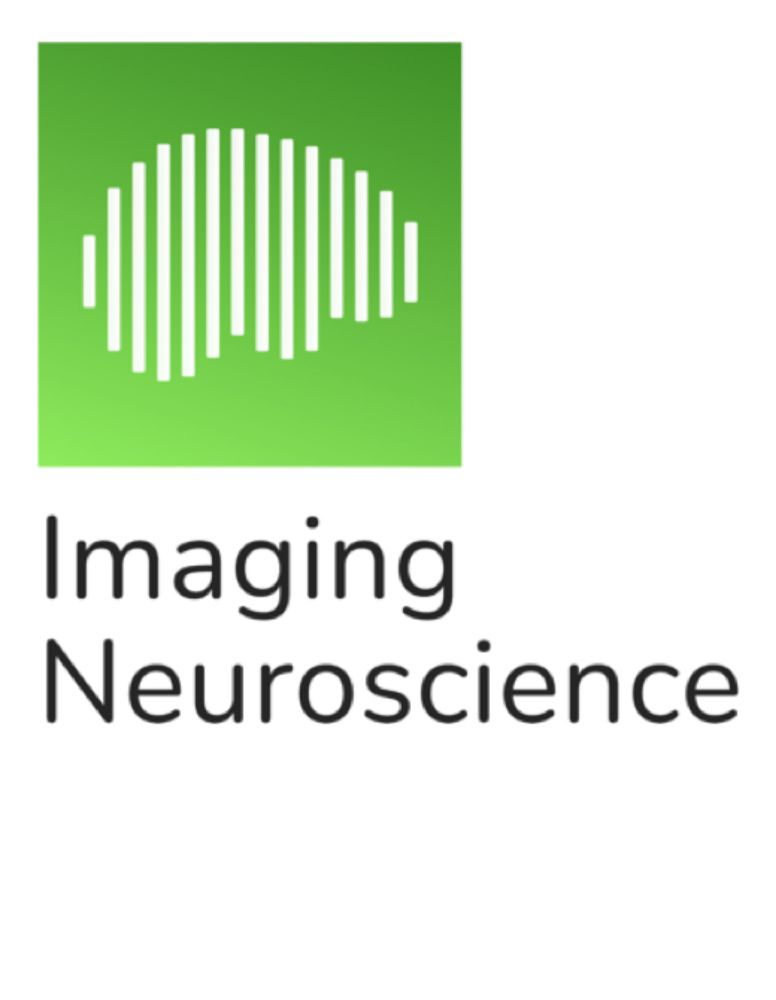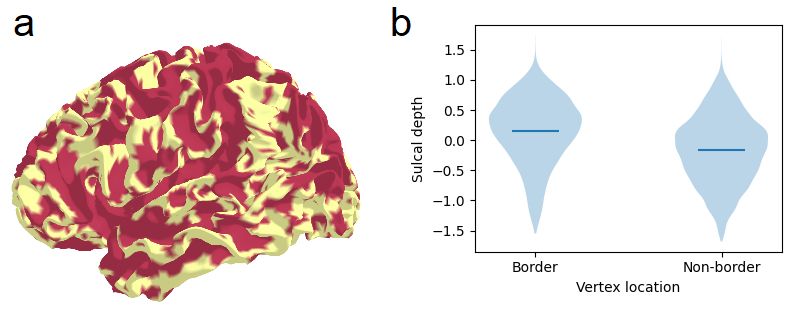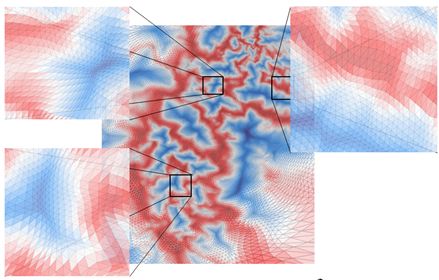Jayson Jeganathan
@jaysonjeg.bsky.social
140 followers
690 following
9 posts
Psychiatrist and neuroscientist. Working on fMRI, cognition in neural system, comp neuroscience
Posts
Media
Videos
Starter Packs
Jayson Jeganathan
@jaysonjeg.bsky.social
· Feb 25
Jayson Jeganathan
@jaysonjeg.bsky.social
· Feb 25

Spurious correlations in surface-based functional brain imaging
Abstract. The study of functional MRI (fMRI) data is increasingly performed after mapping from volumetric voxels to surface vertices. Processing pipelines commonly used to achieve this mapping produce...
tinyurl.com
Jayson Jeganathan
@jaysonjeg.bsky.social
· Feb 25
Jayson Jeganathan
@jaysonjeg.bsky.social
· Feb 25
Jayson Jeganathan
@jaysonjeg.bsky.social
· Dec 21
Jayson Jeganathan
@jaysonjeg.bsky.social
· Dec 13
Reposted by Jayson Jeganathan
Carl T. Bergstrom
@carlbergstrom.com
· Oct 13
Jayson Jeganathan
@jaysonjeg.bsky.social
· Sep 25

